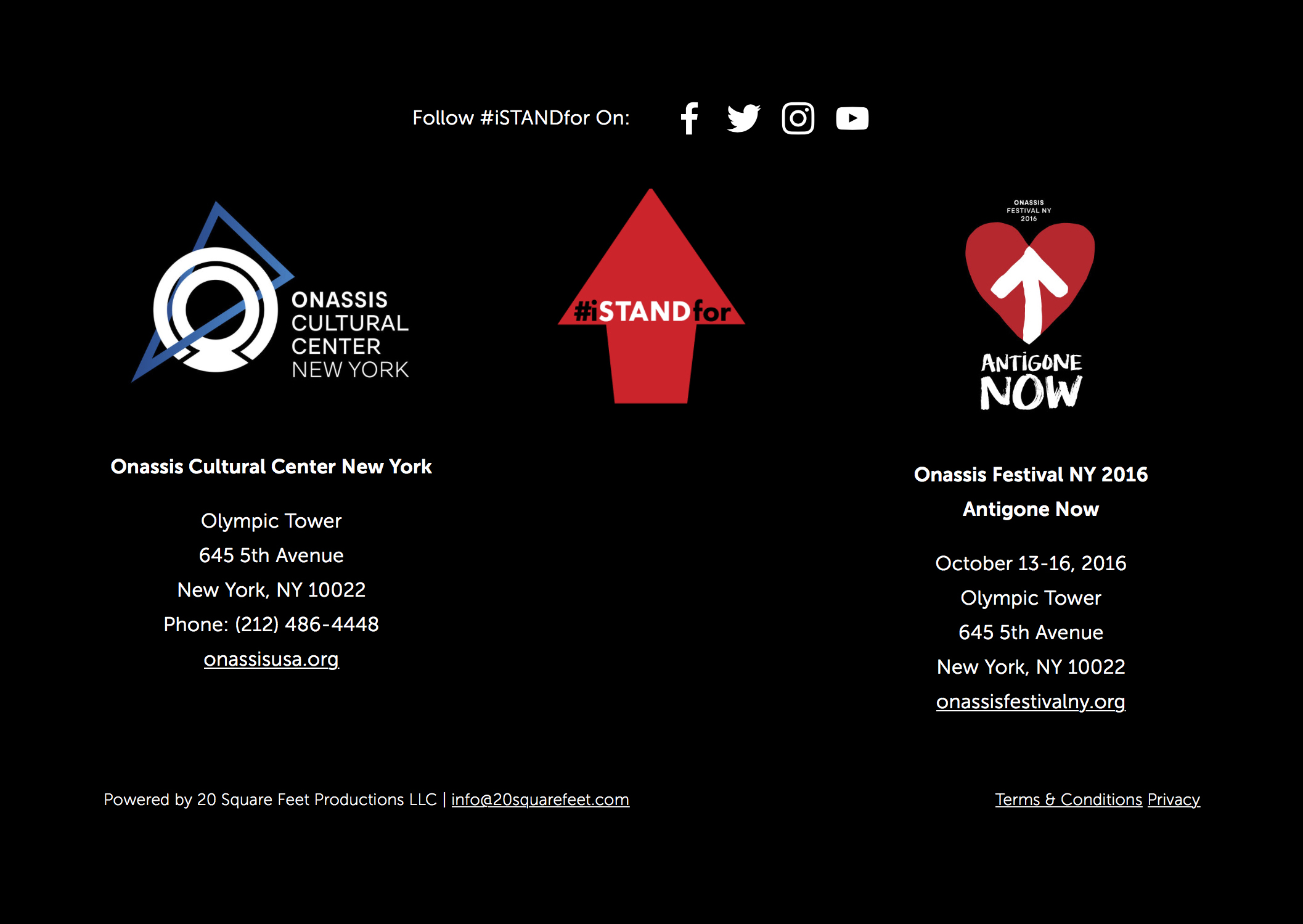By Jane Baldwin
I stand for the ecosystems and the women of Ethiopia’s Omo River Valley and Kenya’s Lake Turkana watershed. There is no separation; the women live in harmony with the river and refer to the Omo as their mother and father. The women of this region live in indigenous, patriarchal communities within countries where people lack basic civil rights. The construction of the Gibe III Dam (the largest dam in sub-Saharan Africa), which has displaced people from their ancestral lands without consultation or compensation, brings tragic consequences to all these communities. The people do not have a voice; they are vulnerable and powerless to resist this government-sponsored development. Government land grabs for foreign agricultural investments, together with the mega-dam construction, destroy the natural resources that have been the foundation of their self-sustaining community life.
For ten years I returned annually to Ethiopia to photograph and document the stories of the women of the Omo River Valley. In these patriarchal cultures women rarely have a voice and their stories often go untold. They were eager to talk about their lives and the future of their people. Over time, this evolved into a multi-sensory body of work titled Kara Women Speak | Stories from Women.
I believe that art can be a catalyst for engaging in critical dialogue. Through engagement and conversation, art can inform and focus our attention in potent ways. It can evoke compassion and empathy of our shared humanity by raising awareness of political issues and perhaps inspire change. The power of storytelling brings these women’s stories to life. As we listen to their voices, we begin to hear our own voices; their stories become our stories.
My recent solo multi-sensory museum exhibition Kara Women Speak | Stories from Women featured life-size portraits with accompanying stories told in the women’s own words. The stories spanned the cultural traditions of first and second wife, death and mourning, arranged marriage, childbirth, education, and one woman’s role as the first elected female to be the Kara’s representative to the government. Viewing the portraits and listening to each woman’s voice with it’s own unique inflection within the Museum audio tour guide revealed universal emotions. The visitors left the exhibition with a sense of empathy and understanding of the women, and many returned for the accompanying public programming that discussed the related human rights and environmental issues of the region. The stories in this multi-sensory exhibition humanized the issues and helped to build an emotional bridge between the people visiting the exhibition and the women featured in the photographs.
These stories also raise the general question: When is enough, enough? When will we recognize the wisdom of these ancient civilizations and pristine ecosystems, instead of destroying them in the name of modernization, and work collaboratively to protect them.

